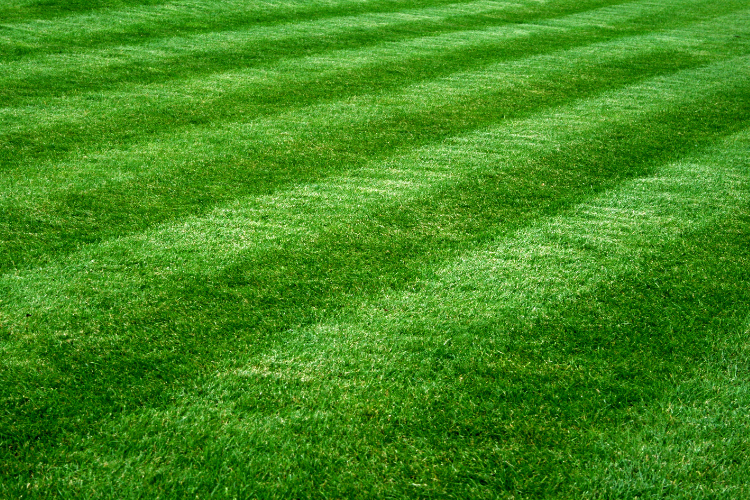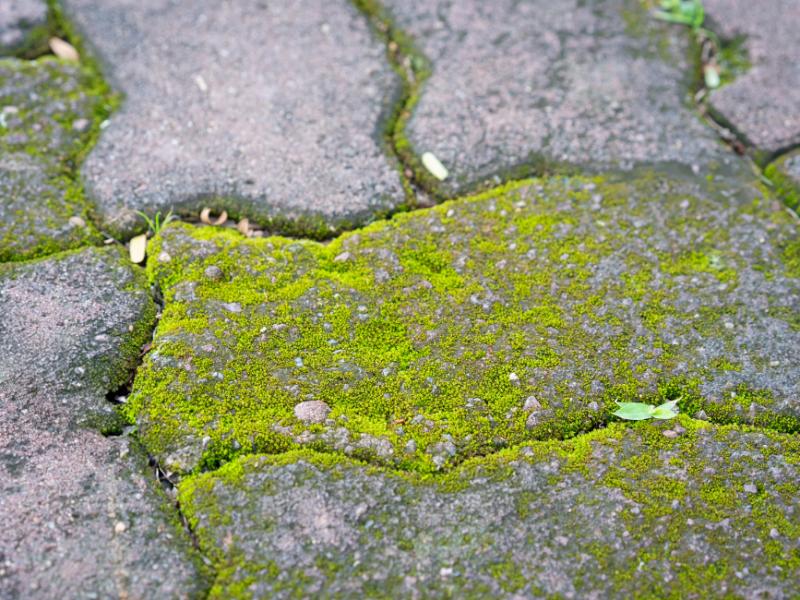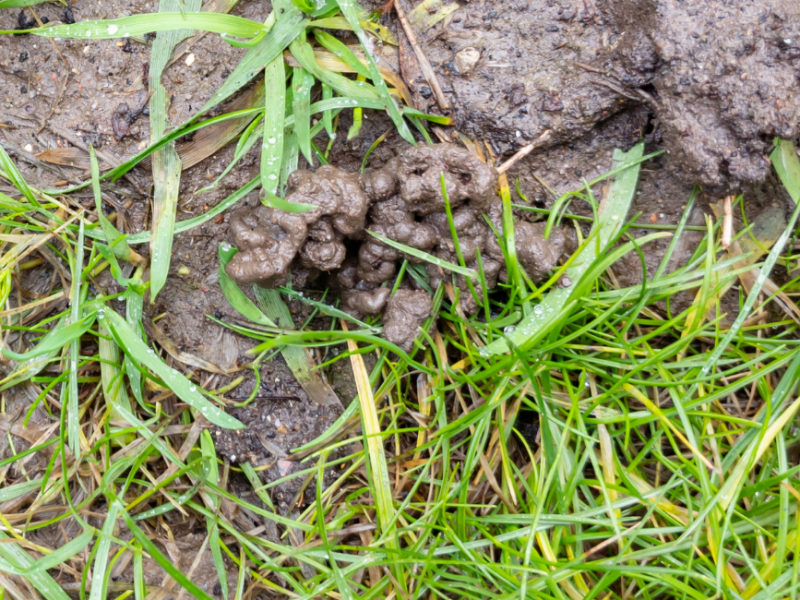A level lawn not only looks great but also makes maintenance easier and ensures proper water drainage. If your lawn is uneven, it can be difficult to mow, maintain, and can even cause water drainage issues.
In this guide, we’ll explain the causes of an uneven lawn and provide step-by-step instructions on how to level it.
Why is my lawn uneven?
There are several reasons why your lawn might not be flat and smooth:
- Animals: Animals searching for food can dig and create uneven patches.
- Surface water: Pooling surface water in winter can damage the lawn and create lumps.
- Children playing: Regular foot traffic from children playing can cause the lawn to become uneven.
If you notice pooling water during colder months, consult one of our local lawn experts to check the drainage.
What you’ll need to level your lawn:
- Top dressing
- Shovel
- Rake
- Grass seed
- Watering can or hose
Step 1: Levelling Shallow Areas
For areas that are only 1-2 cm lower than the rest of your lawn:
- Apply Top Dressing: Spread a thin layer of top dressing mix over the low areas.
- Compact the Soil: Use your feet or the flat side of a rake to compact the soil.
- Water and Settle: Lightly water the soil and leave it to settle for a few days.
- Add Grass Seed: Spread grass seed over the top dressed area.
- Final Layer: Add another light layer of topsoil, pat it down gently, and water regularly to help the grass seeds germinate.
Step 2: Levelling Larger Lumps or Hollows
For areas deeper than 2 cm:
- Prepare the Lawn: Ensure the lawn is moist but not too wet.
- Cut the Turf: Use a squared-off shovel to cut a cross shape into the centre and beyond the edges of the uneven area. Make the cuts even for easier turf lifting.
- Lift the Turf: Cut to a depth of around 4-5 cm, then slide the shovel horizontally under each section to lift the turf. Keep the shovel flat to maintain even soil.
- Adjust the Soil:
- If removing soil: Flatten the soil, then fold the turf back.
- If adding soil: Turn over the soil, remove large lumps or stones, compact it, and add more topsoil. Rake it level.
- Replace the Turf: Fold the turf back, starting from the outside and working towards the centre.
- Fill Gaps: Fill any gaps between the cuts with top dressing and add more grass seed if necessary.
- Water: Water the area regularly to promote healthy growth.
Step 3: Ongoing Maintenance
- Watering: Keep the newly levelled areas well-watered, especially during dry periods.
- Mowing: Mow regularly but avoid cutting the grass too short in newly levelled areas.
- Monitor: Keep an eye on the lawn for any new uneven spots and address them promptly.





